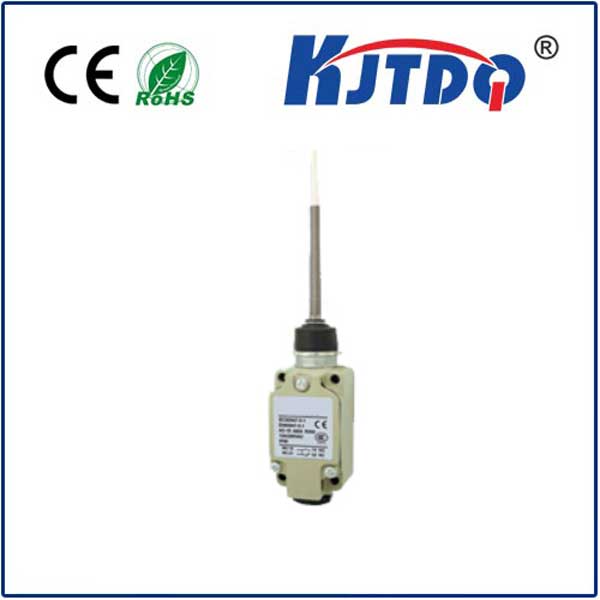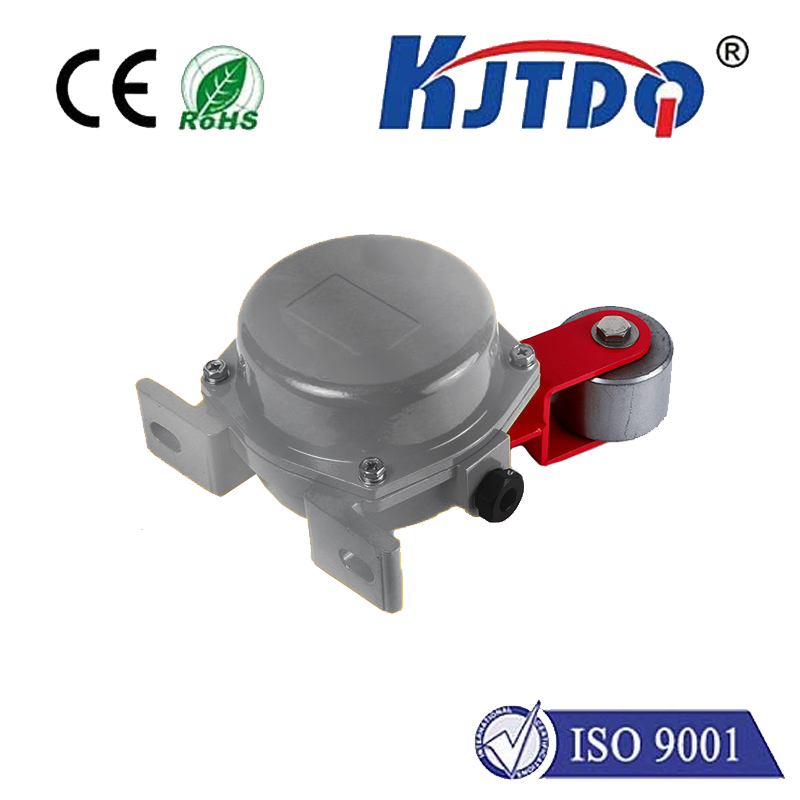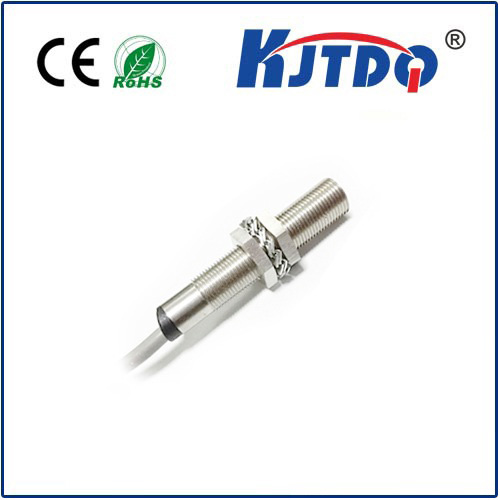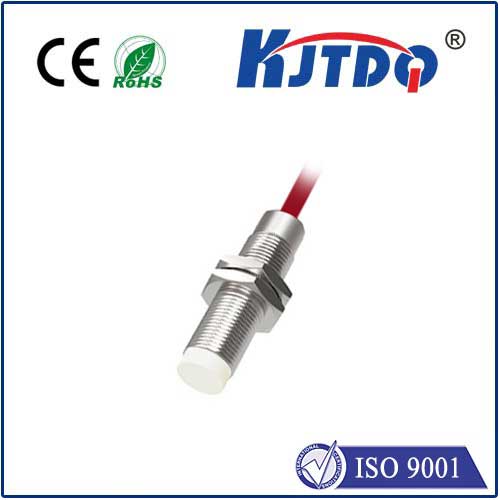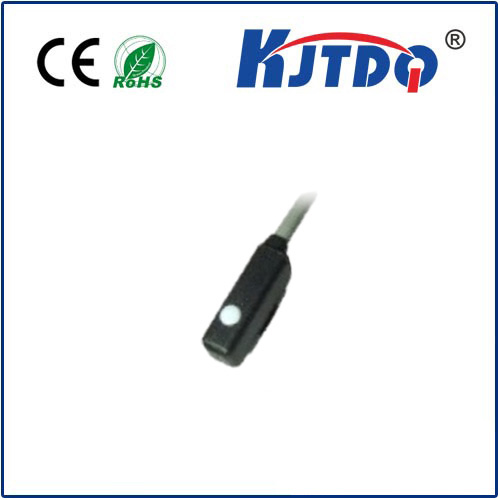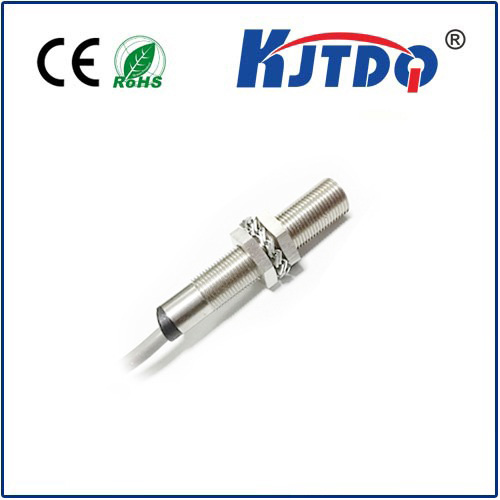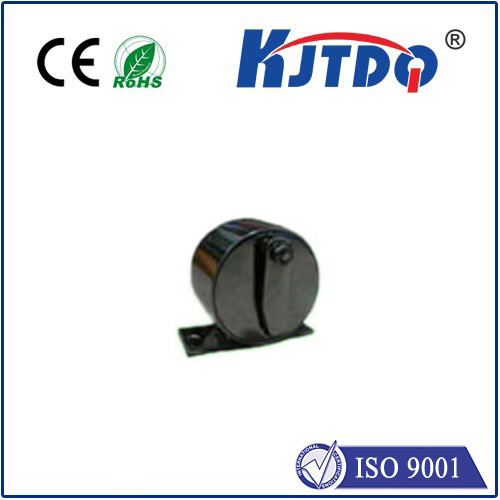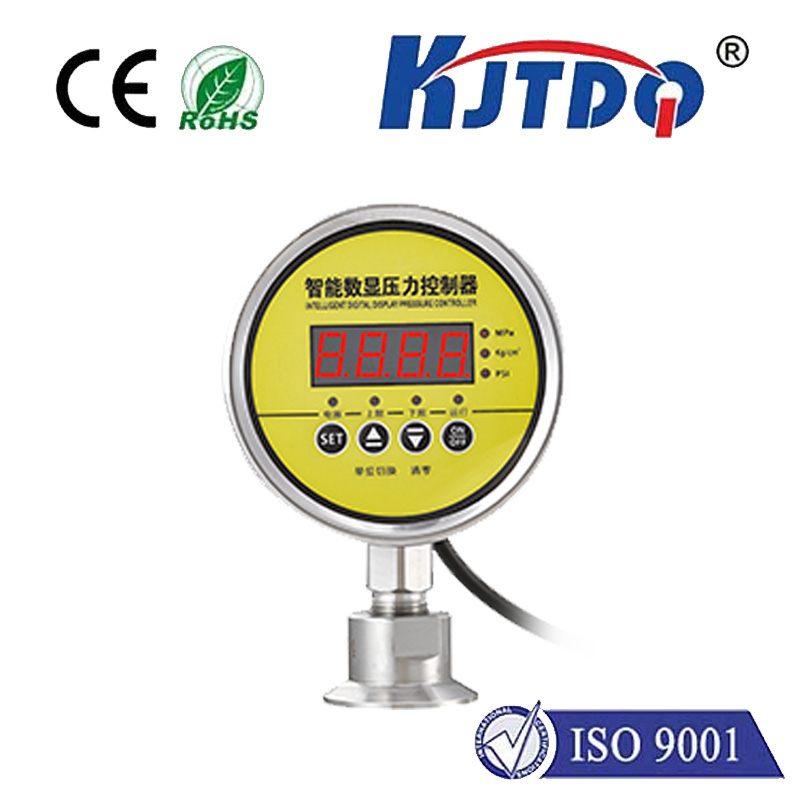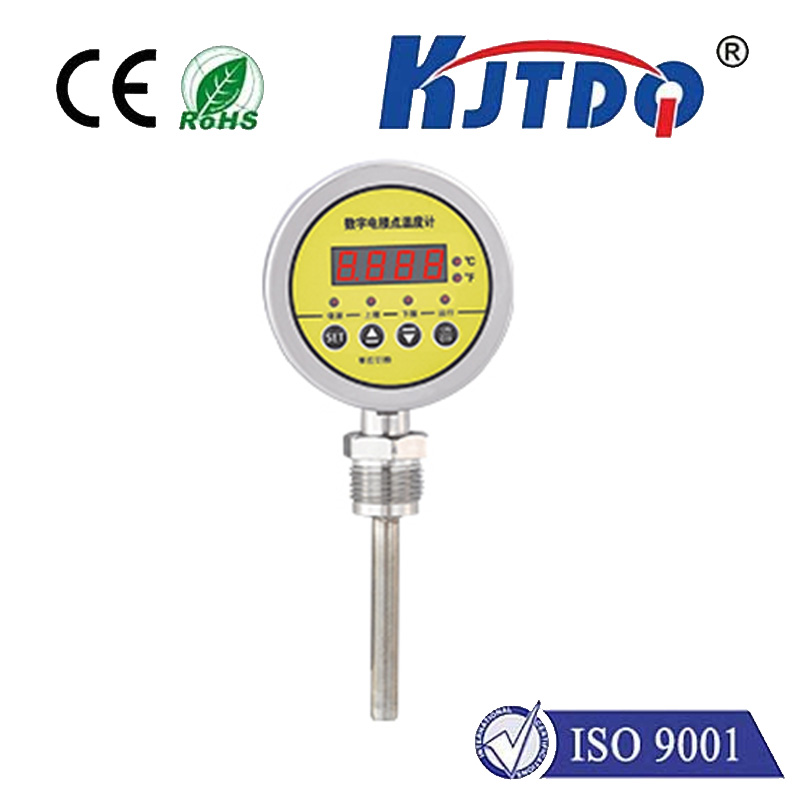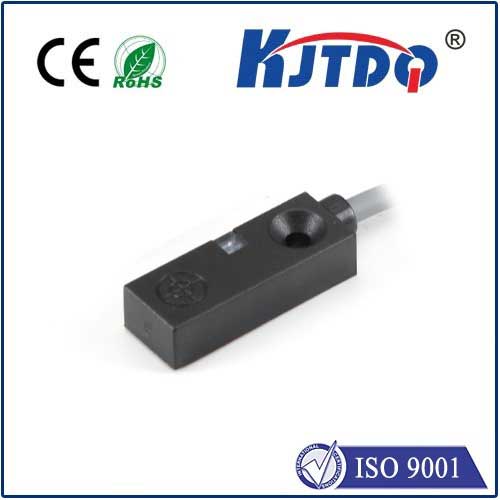

check

check

check

check
Imagine a factory floor bustling with activity. Automated Guided Vehicles (AGVs) zip along pathways, robotic arms precisely place components, and conveyor belts snake through the production area. Amidst this controlled chaos, ensuring reliable object detection is paramount. But what happens when the objects vary in color, reflectivity, or sit against cluttered backgrounds? Traditional photoelectric sensors can stumble, leading to costly errors. This is where precision engineering shines, embodied by solutions like the E3FB-TN11 2M Background Suppression Photoelectric Sensor. This sensor isn’t just another component; it’s a targeted solution for applications demanding accuracy where conventional sensors falter.
Understanding the Core: What is Background Suppression?
At its heart, the E3FB-TN11 leverages a sophisticated principle known as Background Suppression (often abbreviated as BGS). Unlike standard diffuse sensors that measure the total amount of light reflected back to the receiver, a background suppression photoelectric sensor calculates the angle at which the reflected light returns. This subtle difference is revolutionary.
Here’s why: The sensor’s internal optics are designed to focus on a specific, pre-defined switch point. Objects positioned before this switch point will reflect light back at a certain angle, triggering detection. Objects or surfaces located beyond this calibrated point – the “background” – reflect light at a different angle that the sensor effectively ignores. This selective vision is the key to its reliability. It allows the E3FB-TN11 to consistently detect objects within its defined sensing zone while deliberately overlooking anything past that critical boundary, regardless of color or reflectivity.
Unpacking the E3FB-TN11 2M: Features & Advantages

The model identifier “E3FB-TN11 2M” explicitly defines its core capabilities:
Beyond the label, the E3FB-TN11 2M offers compelling advantages:
Where the E3FB-TN11 2M Truly Excels: Key Applications
The unique strengths of this background suppression photoelectric sensor make it ideal for numerous demanding scenarios:
Choosing the Right Tool: Why Background Suppression Matters
Selecting the optimal sensor technology is critical. While through-beam sensors offer long range and high precision, they require separate emitter and receiver units, increasing cost and complexity. Retro-reflective sensors need a reflector, which isn’t always feasible. Standard diffuse sensors are simple but easily fooled by background objects or variations in target characteristics.
The E3FB-TN11 2M bridges this gap elegantly. It provides the single-unit convenience of a diffuse sensor combined with the background rejection precision typically associated with more complex setups. Its 2-meter background suppression range offers substantial operational leeway. It’s the intelligent choice when your application demands reliable detection in environments where backgrounds are unavoidable, targets vary, and precision is non-negotiable.
Optimizing Performance: Key Considerations
To get the most from your E3FB-TN11:
Conclusion
The E3FB-TN11 2M Background Suppression Photoelectric Sensor stands as a testament to targeted engineering solving real-world industrial challenges. Its ability to discriminate between a target and its background up to 2 meters away provides unparalleled flexibility and reliability in countless automation scenarios. By mastering the angle of light rather than just its intensity, this sensor delivers consistent, accurate detection where simpler solutions fail. When facing applications involving uneven backgrounds, variable targets, or demanding positioning requirements within its operational range, specifying the E3FB-TN11 2M is a strategic decision that directly translates to enhanced operational efficiency, minimized downtime, and reduced error rates. It’s precision detection engineered for the complexities of the modern industrial landscape.
